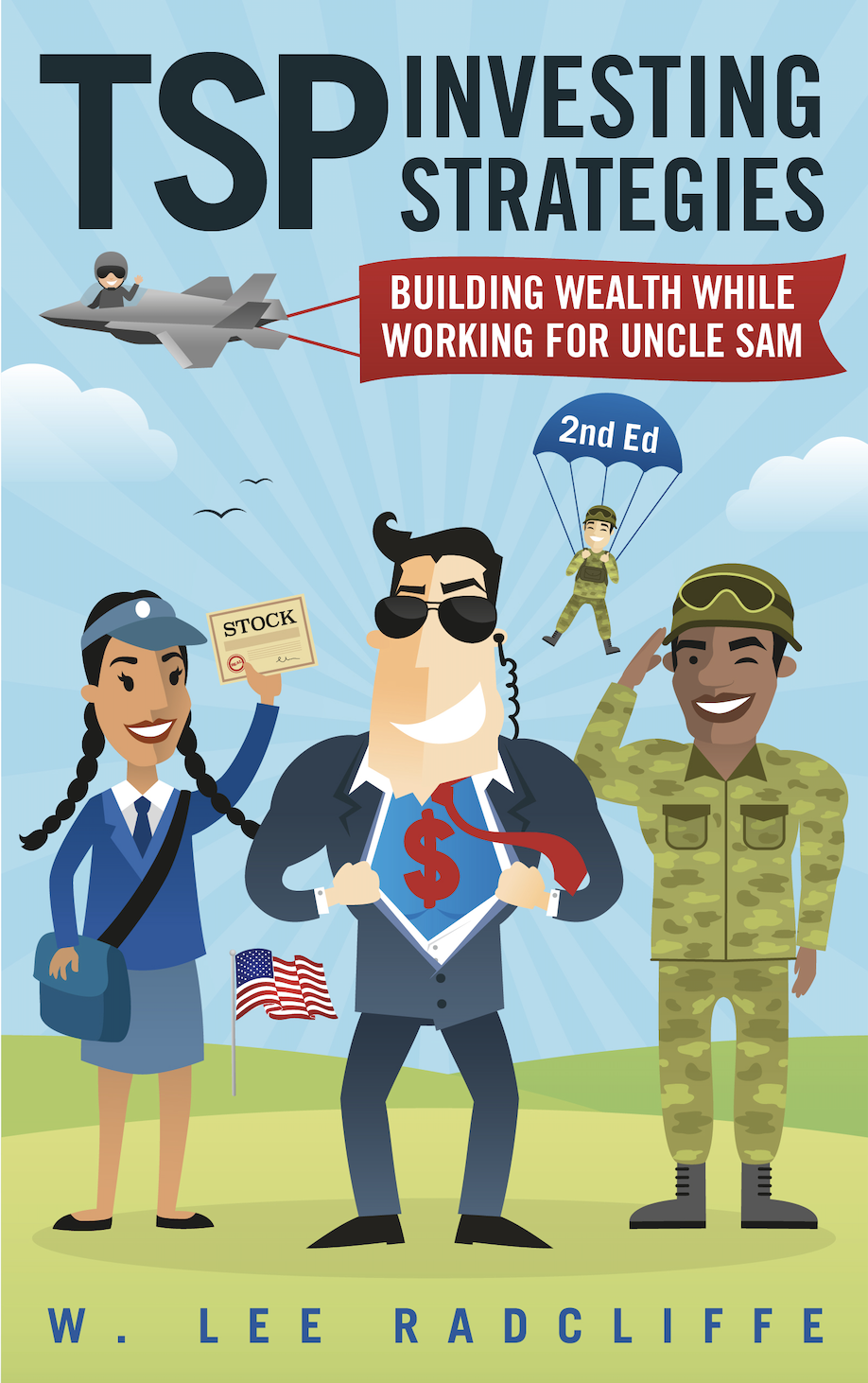How "International" is the I Fund?
May 25, 2012
The I Fund “invests in a stock index fund that fully replicates the Morgan Stanley Capital International EAFE (Europe, Australasia, Far East) Index,” according to the TSP website. Nevertheless, there are some glaring omissions in the index as it is currently constituted.
According to the MSCI fact sheet on the EAFE index as of the end of April, stocks of companies listed in the United Kingdom make up the single largest percentage in the index, at 23.2%, followed by Japan at 21.4%. Stocks of companies listed in France are a distant third, making up 8.9% of the index, Australia-based stock listings make up 8.8%, and Switzerland-listed companies make up 8.5%.
The single largest company held in the fund is Nestle, with 1.98% of total holdings. That means that if you have $10,000 invested in the I Fund, you own $198 worth of Nestle stock. The second largest company stock holding in the fund is HSBC Holdings (1.58%), followed by Vodafone Group (1.36%). The energy companies BP and Royal Dutch Shell are fourth and fifth, respectively, followed by health-care companies Novartis and Roche Holding. The commodities company BHP Billiton, Glaxosmithkline, and Toyota Motor Corporation round out the top ten holdings in the fund. The publicly traded stocks of 924 companies are held in the I Fund.
Unfortunately, there is one major developed country that is not represented in the EAFE, so stocks of companies listed in this country are not held in the I Fund: Canada. This is significant, given Canada’s relatively healthy economy compared to the economies of other developed countries.
While Canada experienced a “sharp recession” in late 2008 and the government “posted its first fiscal deficit in 2009 after 12 years of surplus” according to the CIA Factbook, “Canada’s major banks…emerged from the financial crisis of 2008-09 among the strongest in the world, owing to the financial sector’s tradition of conservative lending practices and strong capitalization.” Ottawa is pursuing pro-growth policies that will allow it to balance its budget by 2015. Compare this to the U.S. Congressional Budget Office’s 2011 projections of deficits in the $600-$700 billion range through 2021.
More importantly for investors in international equities, the market value of publicly traded companies in Canada was $1.681 trillion as of the end of 2009, making it the 8th-largest market by capitalization in the world at that time. (The list includes developing countries such as the People’s Republic of China, so it differs from the EAFE index somewhat.)
A recent report submitted to the Federal Retirement Thrift Investment Board (FRTIB) recommended changes to this significant lack of exposure. In its “Benchmark Evaluation Report,” Hewitt EnnisKnupp recommended maintaining the current benchmarks for all of the TSP funds except one: the I Fund. In particular, it highlighted the absence of stocks of publicly traded companies in Canada in the I Fund. The report also provided a detailed discussion of the possible inclusion of emerging markets in the I Fund, but taking “into consideration the liquidity needs of the TSP” – that is, high volumes of participant trading into and out of the I Fund during times of significant market stress – the report determined that “[w]hile the case for including emerging markets in the I Fund’s benchmark is compelling, the liquidity dynamics of the I Fund gives us pause.” Ultimately, the report concluded that “the case to include Canada is very compelling and obvious given that it is the third-largest equity market outside the U.S. and a country that [TSP] participants should have familiarity with.” The full Thrift Savings Plan report can be accessed here.
Incidentally, MSCI maintains three separate classes of international securities markets (see Appendix I of the report). In addition to “developed markets,” MSCI has a separate category of “emerging markets” made up of such countries as Brazil, China, Malaysia, Poland, and Korea (Israel was reclassified as a “developed” country in 2010, and while there has been talk of MSCI reclassifying Korea as a developed market, so far it has not done so; see this press release for information on MSCI’s reclassification decisions). Also, MSCI maintains a “frontier markets” with two subclasses of “larger frontier markets” and “smaller frontier markets.” Kuwait, Qatar, and United Arab Emirates are in the former, while the latter includes such countries as Bahrain, Zimbabwe, Jamaica, Estonia, and Serbia. The I Fund only includes publicly traded companies in developed markets, as mentioned above.
It should be noted that the FRTIB commissions these types of reports every few years. For a discussion of a previously commissioned report on the TSP’s I Fund benchmark, see my earlier post, “After the Roth TSP, a ‘Mutual Fund Window’?”
Related topics: i-fund